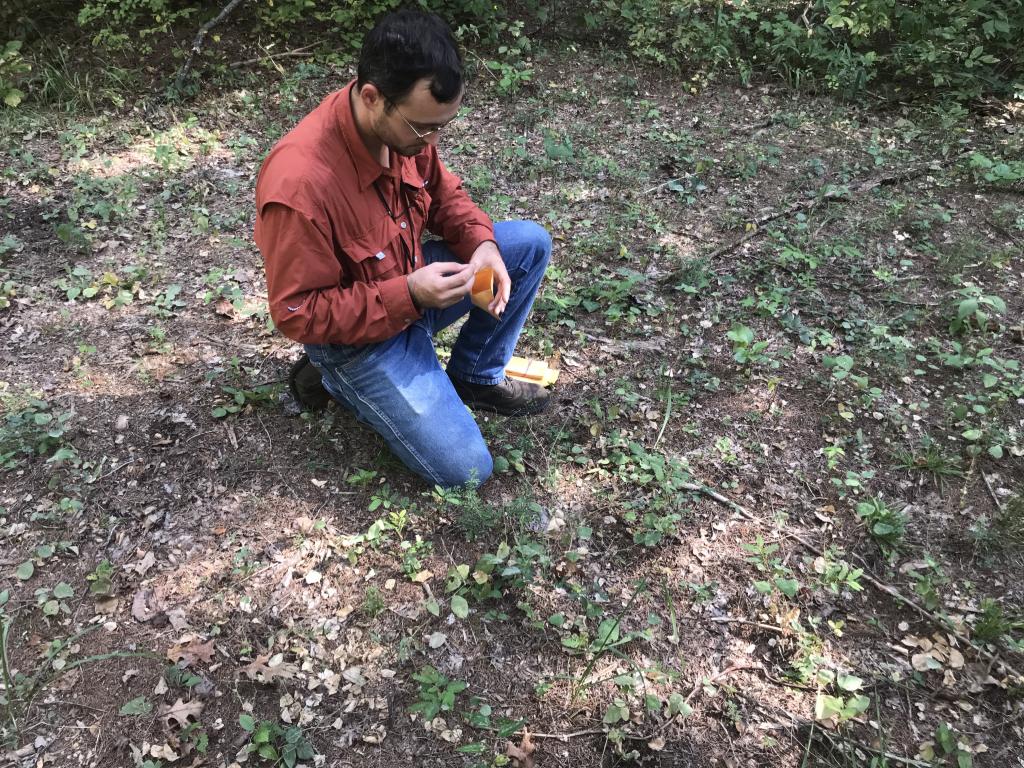Home › Forum topic › Conventional Seed Banking › Guidelines for Tetrazolium Tests
-
AuthorPosts
-
August 20, 2019 at 9:38 am #413
 Noah DellCPC Conservation Officer
Noah DellCPC Conservation Officer
Hi, all.
We are going to be doing tetrazolium testing for viability with Apios priceana and Physaria globosa in the near future. However, I am finding it difficult to acquire full procedures for tetrazolium tests that are genera or family specific. I did find a PDF for one of the three published procedures for plants in the Fabaceae from the Association of Seed Analysts, but am unsure if it is the right one. I have yet to find access to any protocols for seeds from plants in the Brassicaceae.
What I need to know for plants in Fabaceae or Brassicaceae is:
1. What preconditioning would you recommend for seeds? I am assuming that Apios will need to be moistened between pieces of filter paper overnight, scarified, and then imbibed with the tetrazolium solution.
2. What concentration by weight of tetrazolium would you use? I see that 1% seems pretty standard, but many people use less than that.
3. How long should the seeds be placed in incubation before being observed? I would assume that this time will be longer for Apios than Physaria given the difference in seed size.
If anyone could help by either supplying a protocol for seed viability testing using tetrazolium for either of these two families, or else by suggesting answers to the above questions, we would be very greatful.
August 26, 2019 at 12:51 pm #257 Emma DorrSubscriber
Emma DorrSubscriber
The AOSA/SCST Tetrazolium Testing Handbook 2010 Edition is a really fantastic resource for tetrizolium protocols. The handbook covers afew genera in most of the plant families.
I’ll address the questions for Fabaceae but I also attached photos of the manual that pertain to both families.
1. There are different groups the Fabaceae fall into for the AOSA TZ hanbook and each group has slightly different protocols. For Apios I would imbibe the seeds on moist towels over night at 25-30 C. If the seeds are still hard, scarify the seed coat and imbibe again overnight on wet towels or soak in water for 2 hours.
2. I would use 1% TZ.
3. Let the seeds incubate for 1-2 hours at 30-35C. Seed size does affect the rate at which TZ is absorbed into the seeds. Larger seeds generaly take longer to react to the TZ solution.
Attached are photos fo the manual that pertain to the Fabaceae and Brassicaceae families. It is a great resource that I would highly recommend reffering too when using a tertrazolium stain.
Attachments:
You must be logged in to view attached files.August 29, 2019 at 1:03 pm #266 Noah DellCPC Conservation Officer
Noah DellCPC Conservation Officer
Emma, I noticed you didn’t include the Evaluation section for Fabaceae Group I. It may be very similar to the other groups, but I believe Apios probably falls in that group. Very hard seeds, which need to be chipped to imbibe. Oddly enough, though Apios americana has been studied extensively, the only articles with protocols regarding tetrazolium are for pollen viability.
I’ve attached some photos depicting seeds with various blemmishes that I am unsure if they mean the seed is nonviable. There are sections that appear to not have stained. It could also be that the seed coat needs to be removed after imbibing and before staining, I suppose. I guess what I don’t know for species like this is what blemmishes confer non-viability to our seed? Discolored portions on the cotyledon (Pics 1, 3, 5), poor overall staining (Pic 6), inconsistent color on the radicle/hypocotyl region (Pics 3 and 6), or things like a hole in the cotyledon (Pic 2) or radicle (Pic 4). I’ve also noticed that the radicles in general seem very diminuitive, compared to most seeds in that book, is that a dead ringer for inviability?
Attachments:
You must be logged in to view attached files.November 3, 2020 at 3:43 am #7525Andras KovacsSubscriber
Hi All,
I want to do the tetrazolium viability test on Passiflora seeds, but I also find difficult to get the full procedure for it. Can anybody help to acquire it?
All the best,
Andras
-
AuthorPosts
- This topic has 3 replies, 3 voices, and was last updated 4 years, 9 months ago by
Andras Kovacs.
- You must be logged in to reply to this topic.